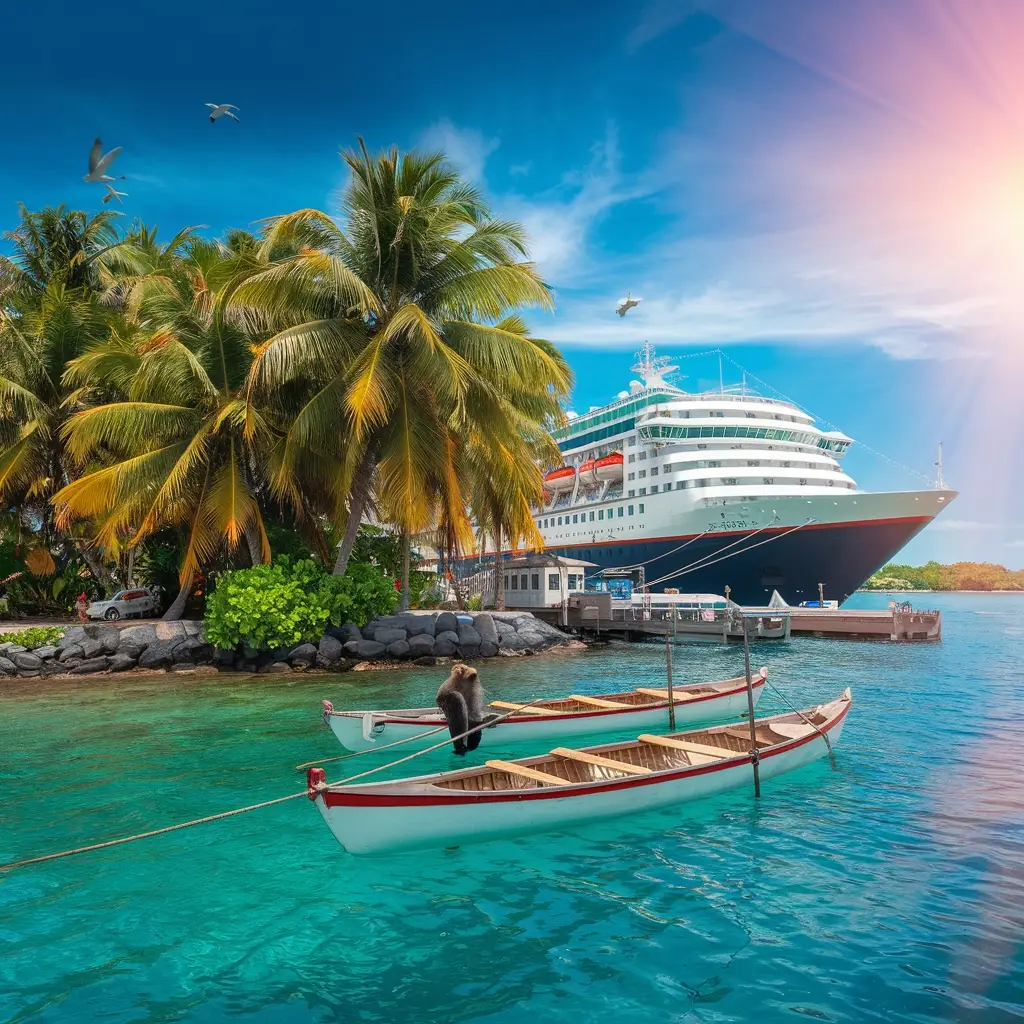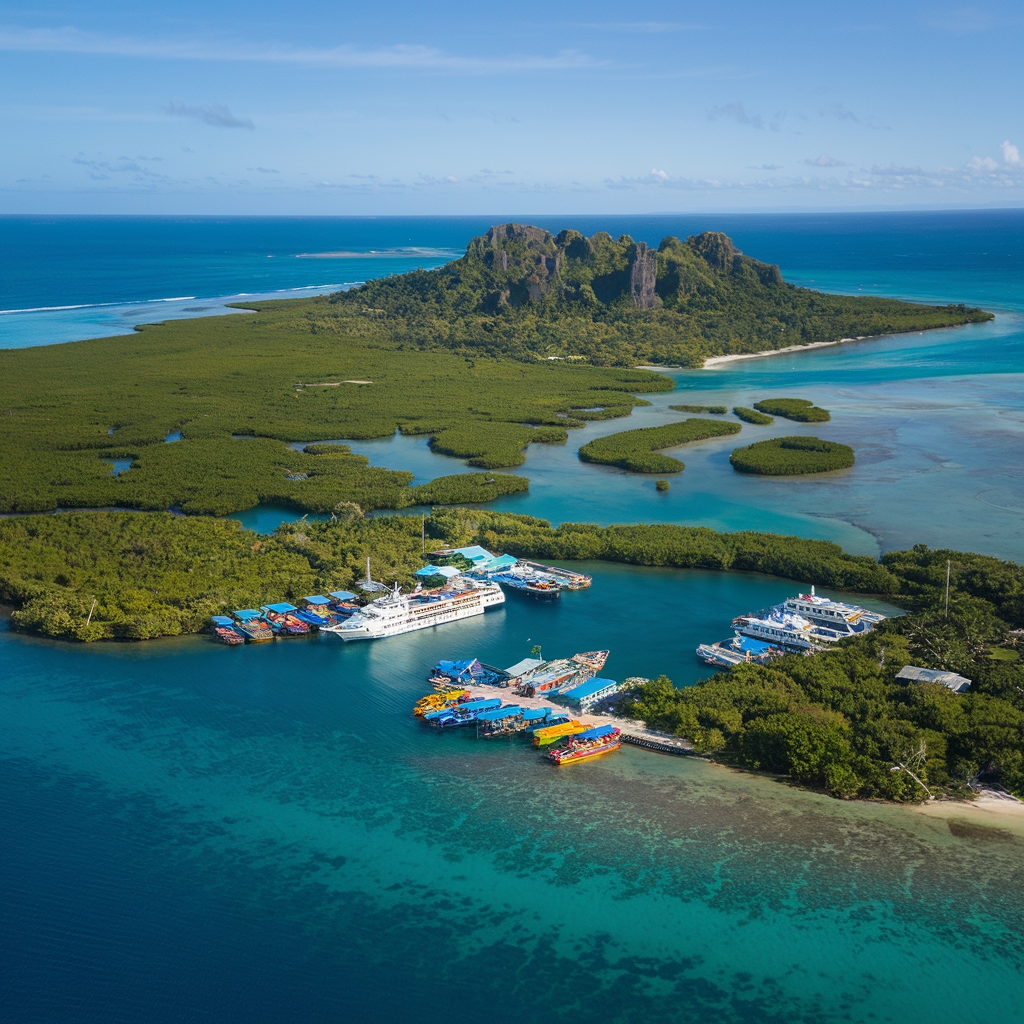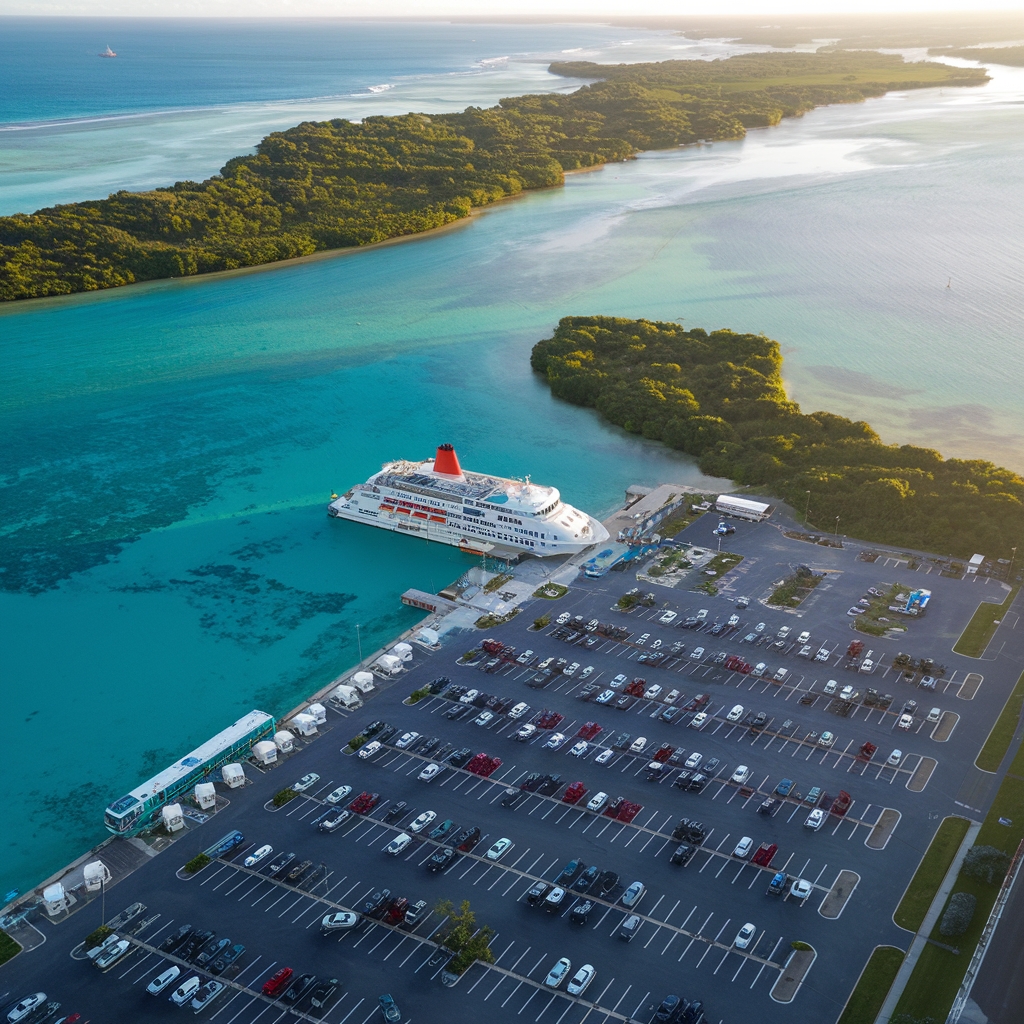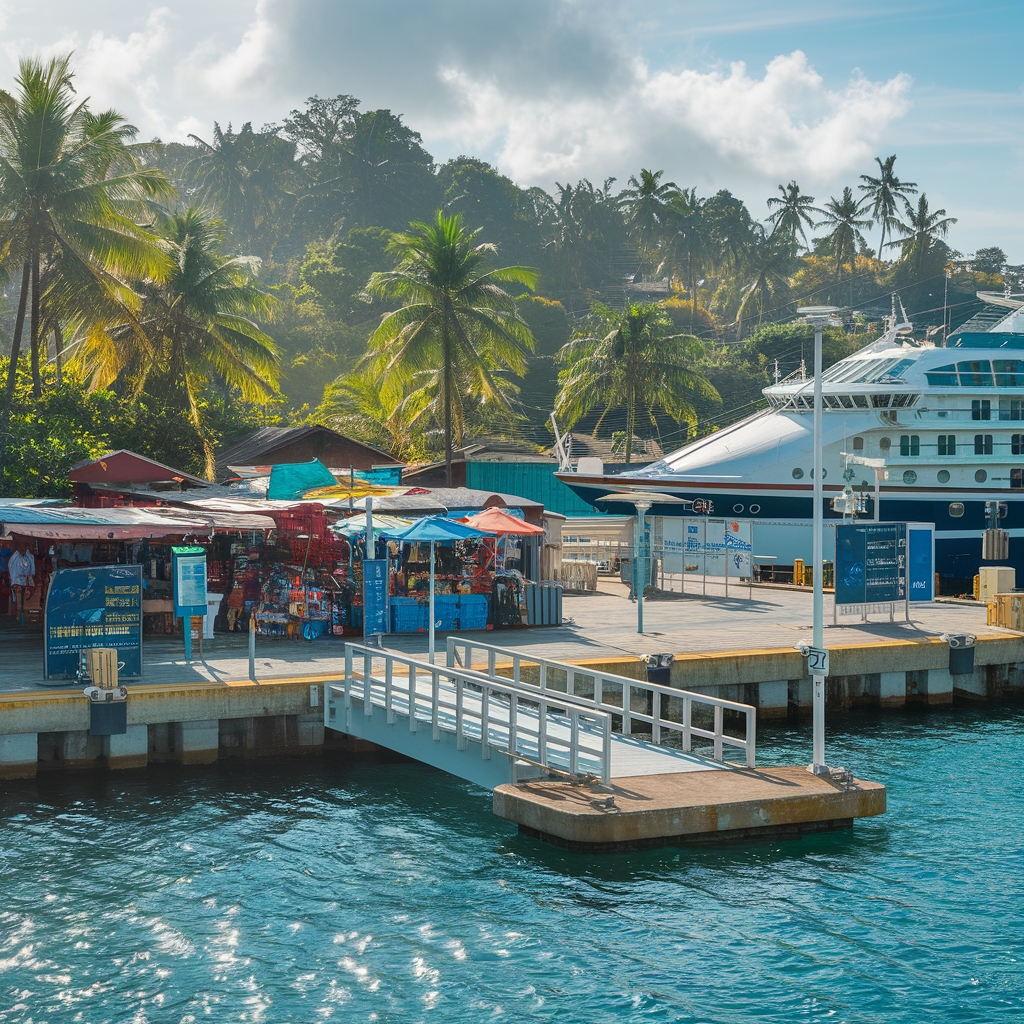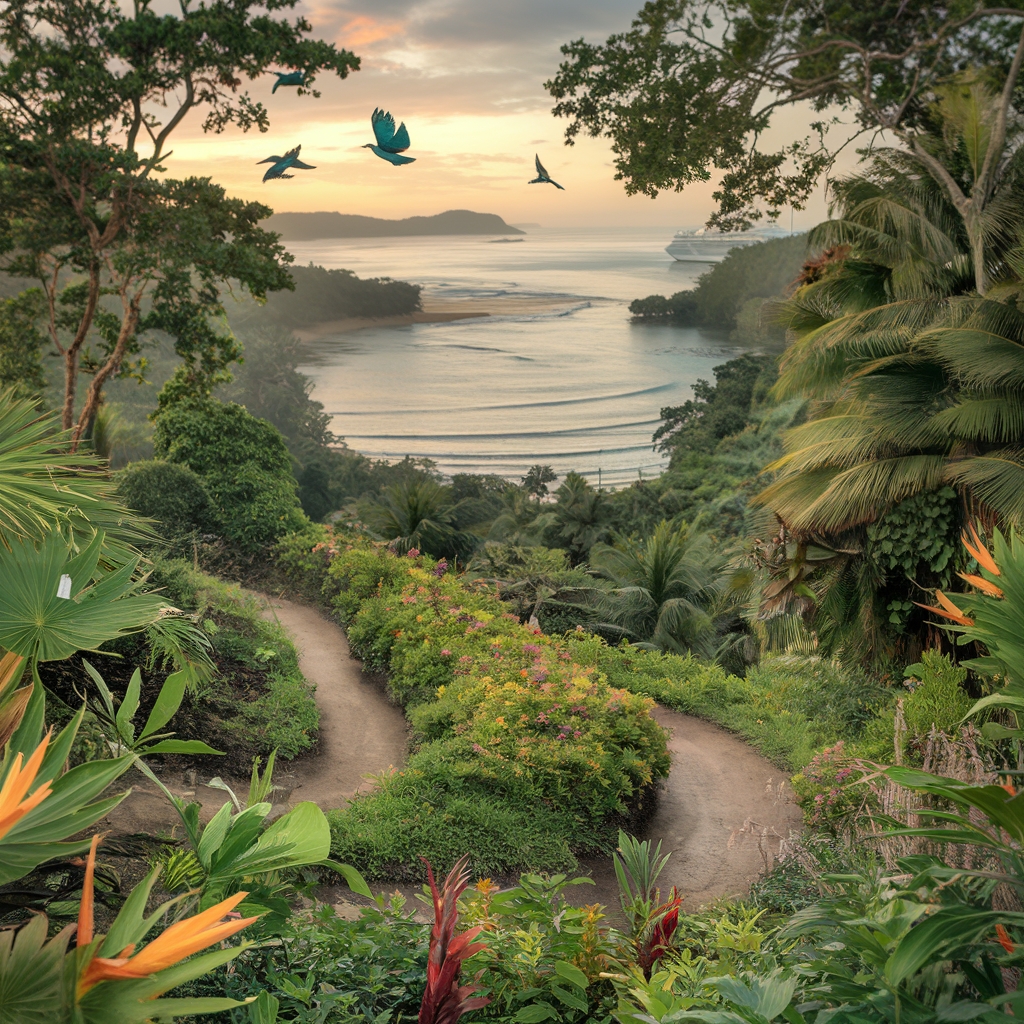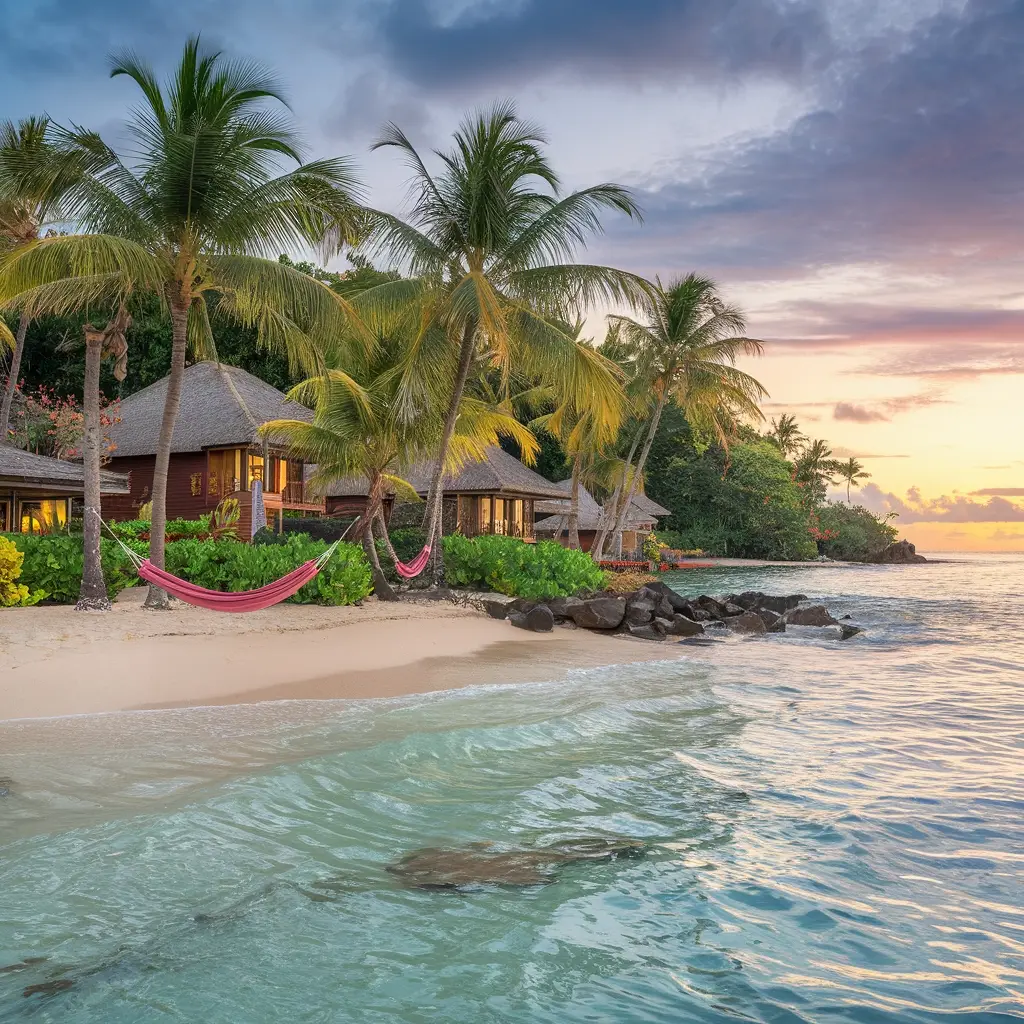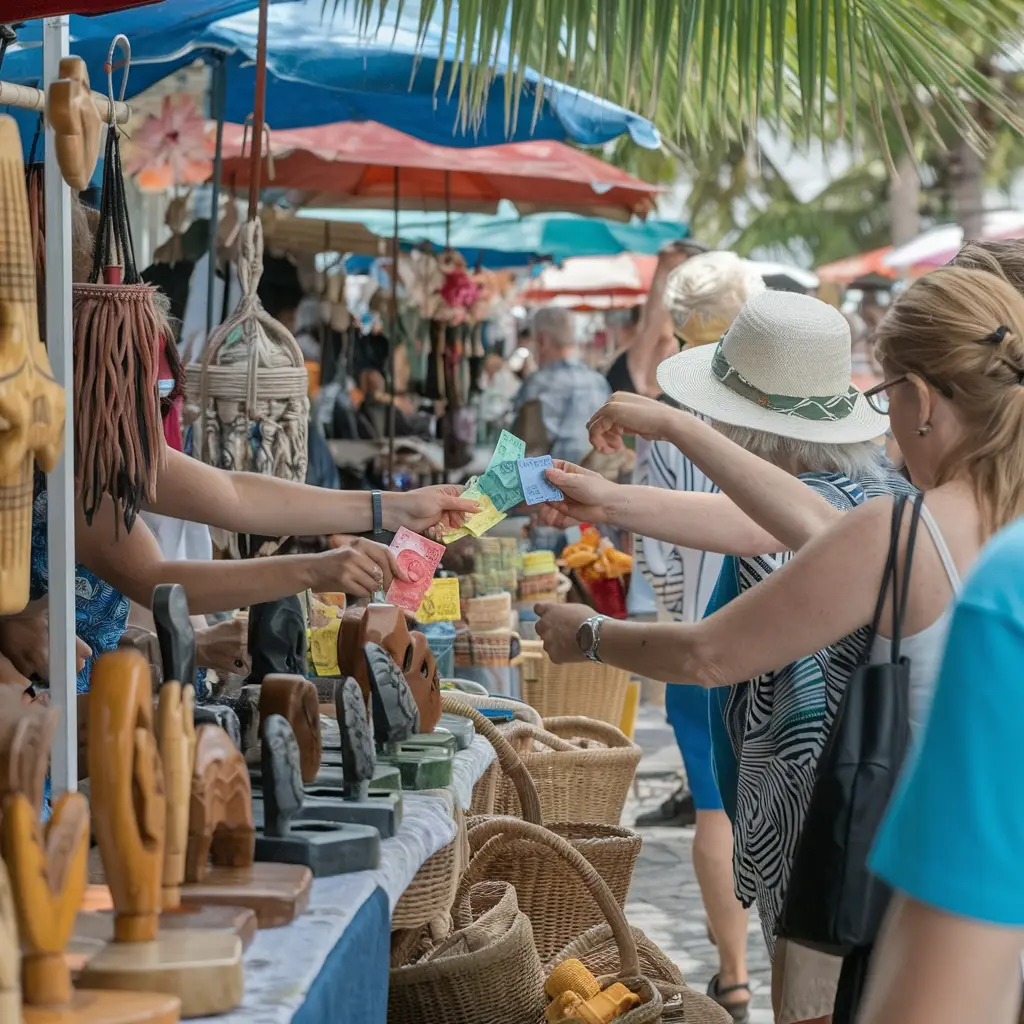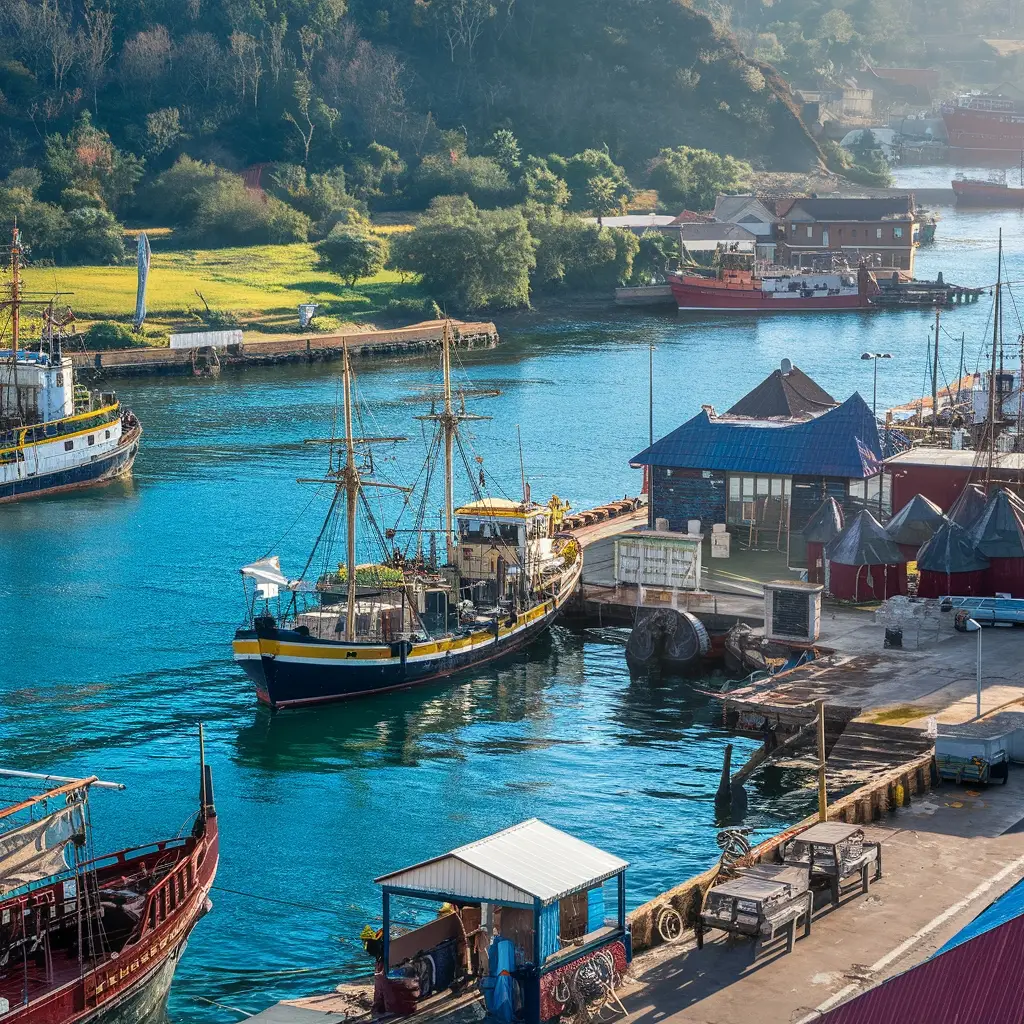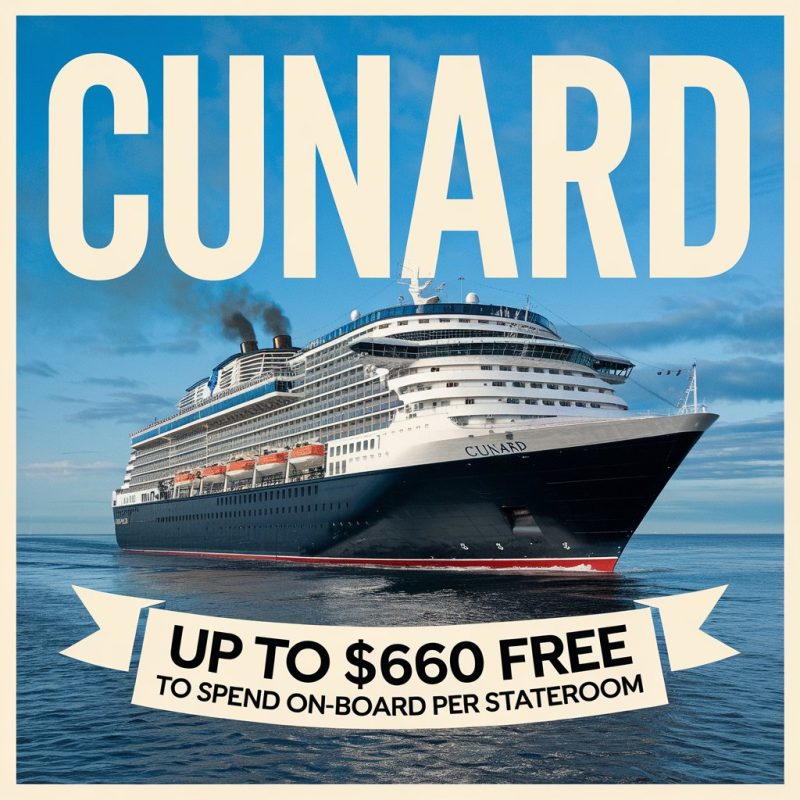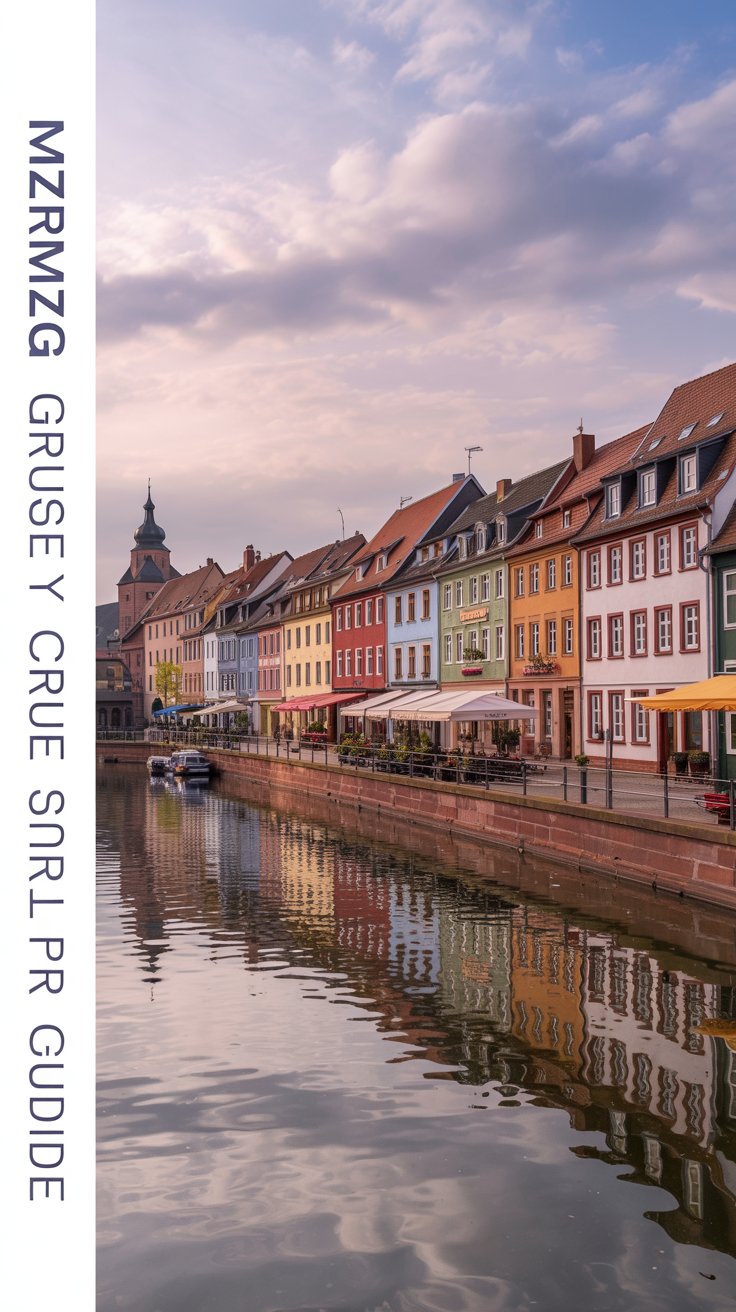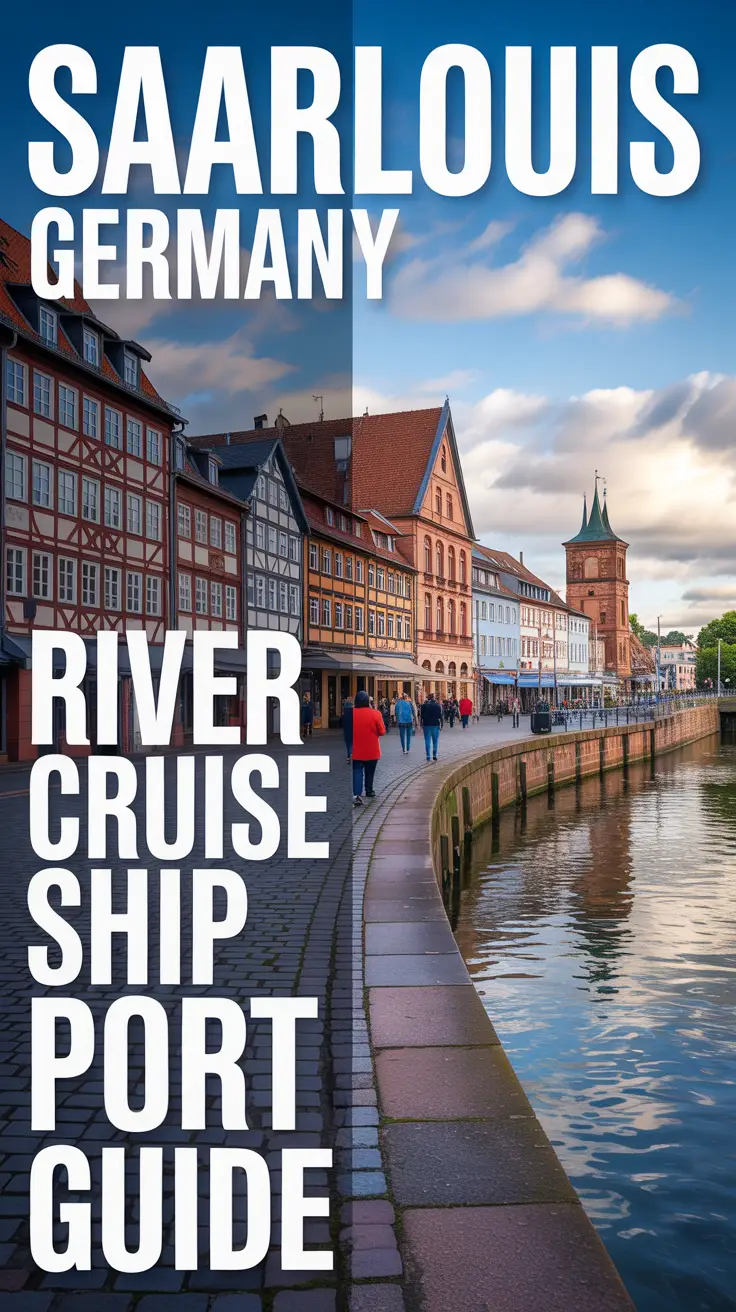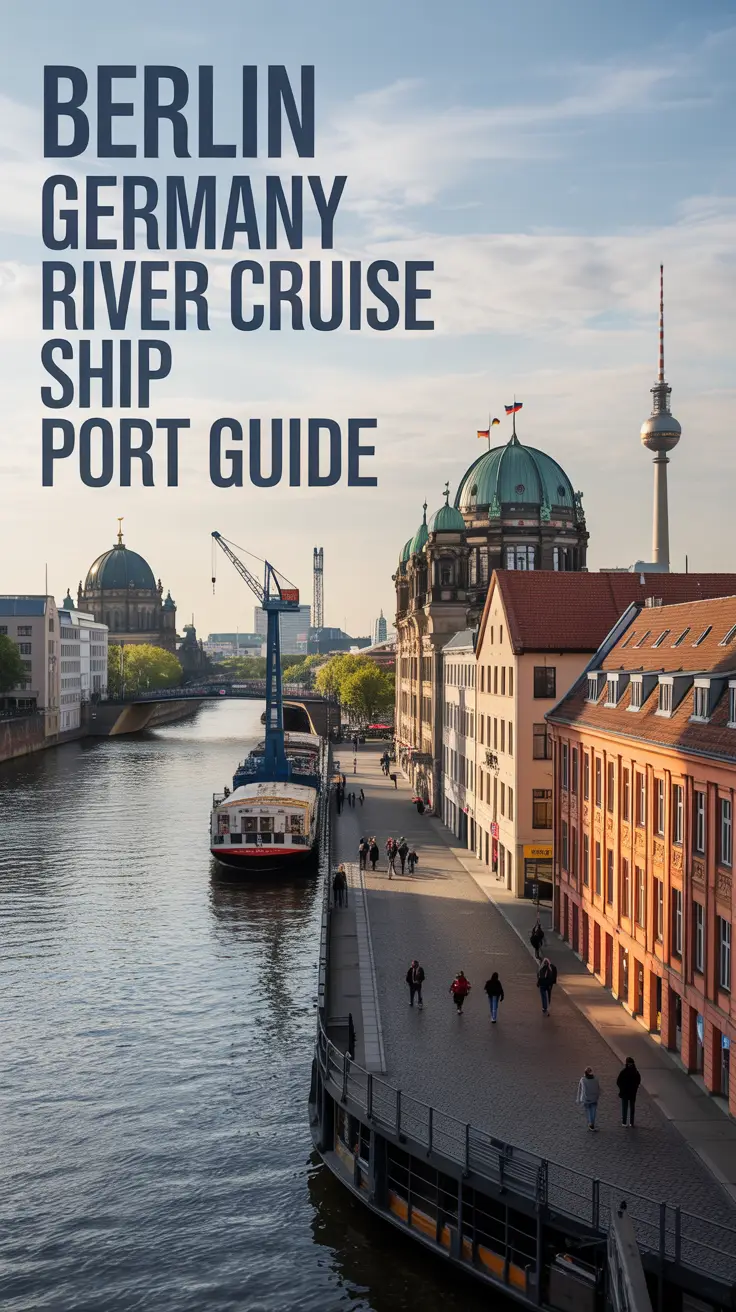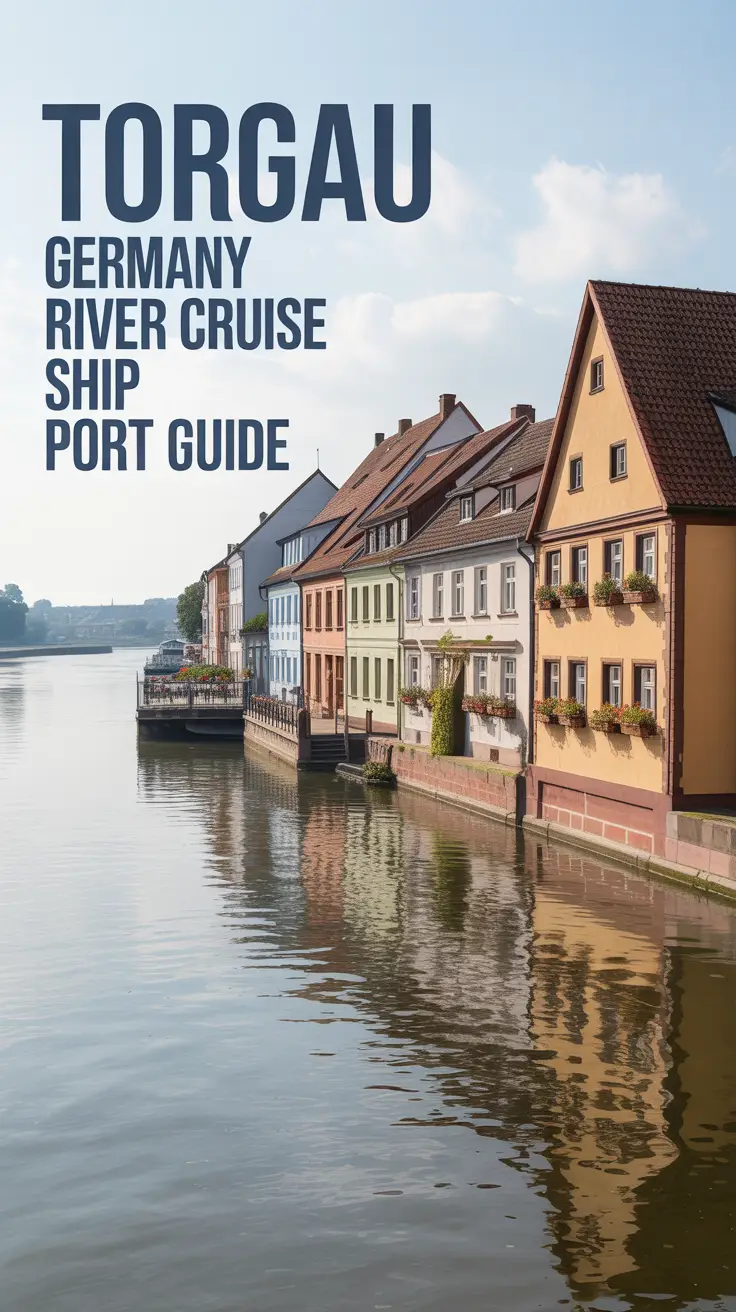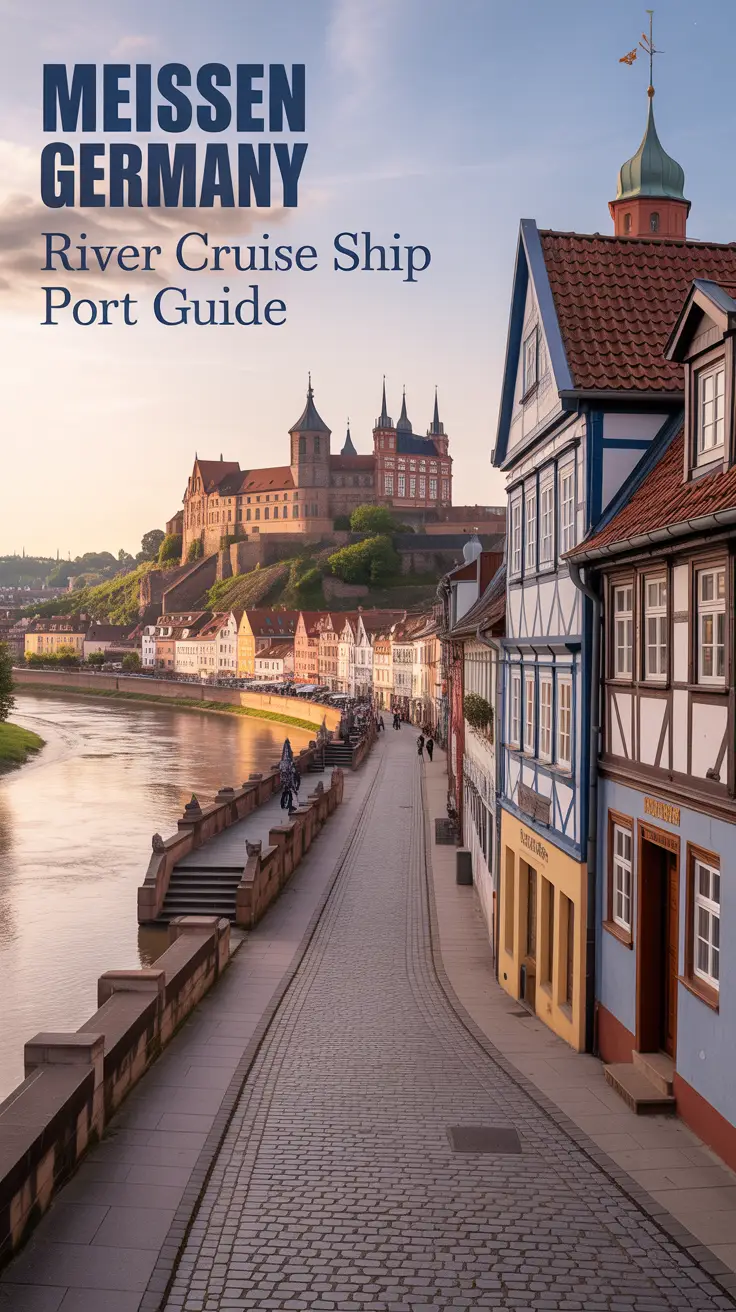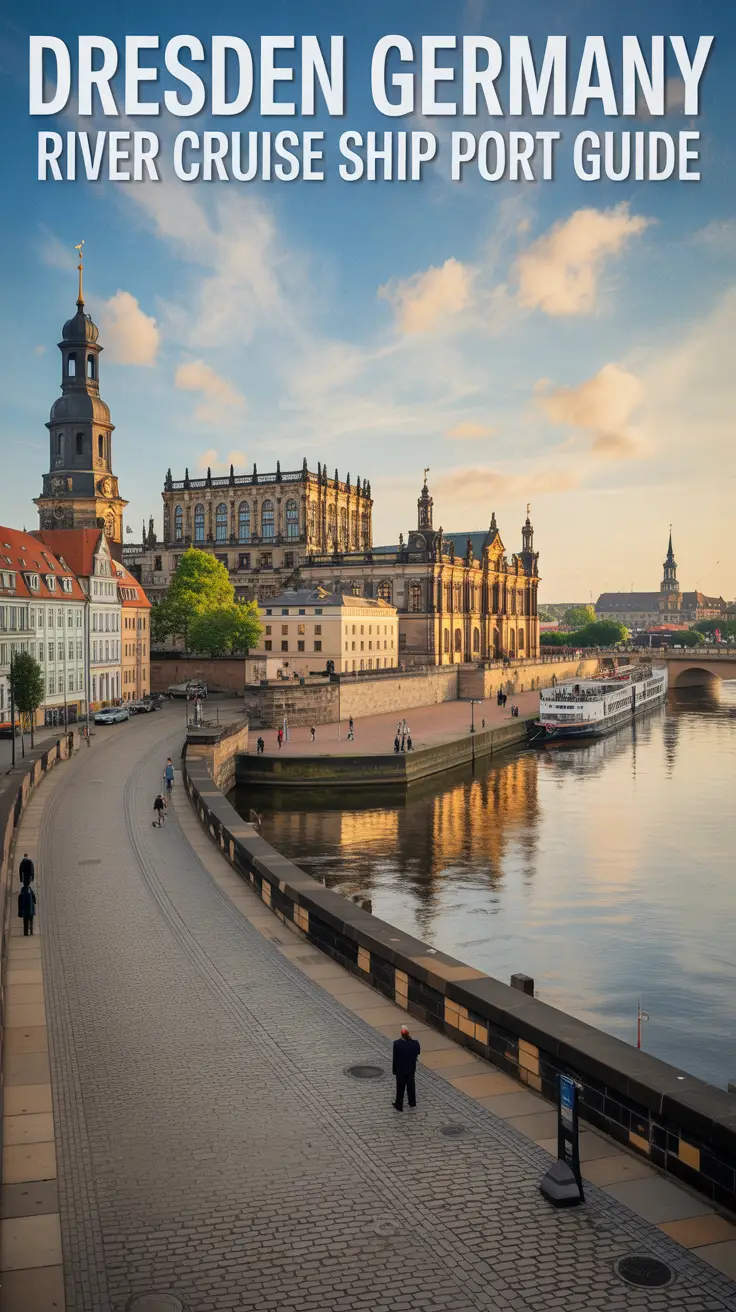Orango Island’s cruise port sits within Guinea-Bissau’s gorgeous Bijagós Archipelago (a UNESCO site), where you’ll arrive by zodiac boat from your anchored ship.
For other Guinea-Bissau Cruise destinations check out our Guinea-Bissau Cruise Ship Port Guide page.
Bring West African CFA francs with you – there’s not an ATM in sight!
The best time to visit? Dry season from November through February gives you perfect weather for wildlife spotting and smooth sailing.
Don’t expect to zip around in cars – the island has zero vehicles. Instead, you’ll find untouched beaches, hippos in their natural habitat, and the fascinating Bijagós people with their unique way of life.
Getting to this hidden ecological gem takes some homework and cultural sensitivity, but it’s totally worth it.
Map of Orango Island (Bijagós Archipelago) Cruise Ship Port
Where is The Port Located?
Orango Island’s port is tucked away in the beautiful Bissagos Archipelago, just off the western coast of Guinea-Bissau. It’s about 20 km (12.4 miles) from the mainland, sitting in the Atlantic Ocean. You’ll spot it near the maritime border between Guinea-Bissau and Senegal, roughly at 11°06’N latitude and 15°50’W longitude.
The island is one of 88 islands in this incredible UNESCO Biosphere Reserve, specifically in the southern part of the archipelago. It’s not far from Bubaque (about 25 km northeast) and Canhabaque (around 30 km north). If you’re looking to explore Orango National Park‘s amazing wildlife, this port is your way in – but remember, you can only get there by boat!
How to get to the port, by air, train, road
Getting to Orango Island takes a bit of adventure planning – it’s a hidden paradise tucked away in Guinea-Bissau’s Bijagós Archipelago without your usual transport connections.
Start by flying into Osvaldo Vieira International Airport (OXB) in Bissau. From there, you’ll need to hop on a boat since there aren’t any trains to the islands. You’ve got options: shell out $200-400 for a private speedboat (3-4 hours), or catch one of the vehicle ferries to Bubaque (takes 6-8 hours) and then grab another boat. If you want to skip the hassle, book with a cruise company like Ponant that’ll take you straight there. It’s a journey, but totally worth it for such an unspoiled spot.
Port Parking Options
Port Parking Options
Let’s be honest – Orango Island isn’t your typical cruise stop with fancy parking garages. This remote gem in the Bijagós Archipelago is only reachable by boat from the mainland, so you won’t be parking there!
Most folks leave their cars back at Bissau port, where you’ll find small, makeshift parking lots near the boat departure points. Rates? Just haggle with the attendants daily. The security situation is hit-or-miss, which is why many travelers just park at their hotel instead and grab their shuttle to the boarding areas.
Want to skip the headache? Just have your cruise company or hotel front desk sort out the parking for you. They know the drill and can hook you up with the safest spots for your wheels.
Local Transport & Transfers
Local Transport & Transfers
Don’t expect taxis or rental cars when you land on Orango Island – this remote paradise just doesn’t work that way. If you’re coming via cruise ship, you’ll probably hop onto zodiac boats to reach shore, with the crew sorting out all the details.
Flying solo? Orango Parque Hotel runs boat transfers from Quinhamel, but brace yourself for about a 4-hour journey. Got a bit more cash? Just charter a fishing boat from Bissau and make your own schedule.
Island hopping is pretty straightforward once you’re there – it takes roughly 30-60 minutes to reach nearby spots like Bubaque, Uno, or Soga. Just remember that the tides call the shots around here, so you’ll need to roll with the punches schedule-wise.
Port Terminal Facilities and Accessibility
Orango Island doesn’t have your typical fancy port facilities – it’s basically just a natural harbor with barely any infrastructure. You’re getting the real deal here, nothing like those touristy cruise stops.
When you get there, here’s what to expect:
- Everyone needs to use tender boats since there’s no deep-water dock
- No terminal building or sheltered waiting areas, so grab a hat and sunscreen
- Not much help for folks with mobility issues
The bare-bones arrival is actually part of what makes Orango special – you’re stepping right into its untouched beauty. If you have trouble getting around, shoot your cruise line a message well before your trip to see if they can sort something out for you.
Things to Do Before Your Cruise in a Day
When your cruise ship drops anchor at Orango Island, you’ve got just one day to make the most of this unspoiled spot. Be sure to swing by the traditional Bijagós villages where folks are happy to show you their way of life. Catch one of the colorful dance performances that tell stories passed down through generations. Keep your eyes peeled for the island’s famous saltwater hippos – they’re pretty rare and definitely worth spotting! If you’re feeling adventurous, tag along on a local fishing trip to see how islanders have caught their dinner for centuries. These hands-on experiences give you a real taste of island life before you head back to your ship.
Walks near the port
Walks near the port
Just a short walk from where your ship docks, Orango Island’s got some beautiful trails waiting to be explored. These paths give you a real taste of the island’s natural wonders and rich culture.
- Orango National Park Trails – Wander through gorgeous mangrove forests where you might catch sight of the rare saltwater hippos and all kinds of birds doing their thing
- Cultural Village Walks – Take a stroll to Eticoga village, check out the last queen’s mausoleum, and chat with the super friendly locals
- Coastal Beach Paths – Hit the unspoiled beaches to hunt for seashells and soak in the peaceful ocean views
Dining and Shopping
Dining and Shopping
Hungry after those trails? Can’t blame you! Food and shopping on Orango Island is pretty basic but genuinely local. The Bijagós folks run traditional markets where you can pick up handmade crafts and local fabrics – great souvenirs that put money directly in the pockets of the indigenous community.
Food-wise, don’t expect fancy restaurants. You’ll find humble spots dishing up the day’s catch with local spices and whatever veggies are in season. Your cruise ship might set up special meals with the locals, giving you a rare peek into authentic Bijagós cooking.
Oh, and don’t forget to bring cash! Credit cards? Not a chance in this remote corner of the world.
See what’s on offer from the Caravela Island (Bijagós Archipelago) for a different Guinea-Bissau Cruise destination.
Accommodation near the port
Need a place to crash near Orango’s port? You’ve got a couple of cool options for authentic eco-tourism. There’s Orango Parque Hotel with its African bungalows just a quick 15-minute boat ride from the dock. Or if you’re feeling more adventurous, try the Afrikan Ecolodge Angurman, tucked away about 30 minutes by boat.
The rooms are pretty sweet – think colonial-style bathrooms, fans to keep you cool, and this awesome mix of traditional Bijagós design with modern stuff you actually need. Everything runs on solar power and they collect rainwater, so you can feel good about your stay.
Meals are a social affair with the other travelers, and the food is crazy fresh – loads of seafood caught that day and tropical fruits and veggies from nearby.
Just a heads up – if you’re planning to visit during high season (December through April), you’ll want to book 3-6 months early. Prices start around $107 a night.
Customs & Immigration at The Port
Customs & Immigration at The Port
Getting into Orango Island is pretty straightforward, but there’s some paperwork to deal with. Don’t worry – your cruise company takes care of most pre-registration stuff for Guinea-Bissau waters. Just keep your passport on you (make sure it’s good for at least 6 months).
Before you step off the ship, immigration folks will come aboard to take your biometrics and check your papers. Remember to bring your yellow fever certificate, and you’ll need to show your cruise schedule to the park rangers too.
Local Currency & Payment Options
Local Currency & Payment Options
Heads up! Orango Island runs on cash – specifically the West African CFA franc (XOF or FCFA). Make sure you grab enough cash while you’re still in Bissau because once you’re on the island, you won’t find any ATMs or banks.
- You’ll get roughly 1,000 FCFA for each euro (though this changes)
- Stock up on small bills (500-2,000 FCFA) – they’re super handy for buying stuff
- A few tourist spots might take euros or dollars in a pinch, but don’t bet on it
This old-school cash economy is just part of Orango’s charm – one more thing that makes hanging out with the Bijagós folks such a genuine experience.
Emergency Contacts
Emergency Contacts
Orango Island is pretty remote, so it helps to know your emergency options before you need them. If something goes wrong, talk to the Orango Parque Hotel staff first – they know how to reach local authorities through their communication systems.
Got a medical emergency? The health post on Canhabaque (about 2 hours away) can handle basic stuff. For anything serious, you’ll need to get to Bubaque Hospital, which is about 4 hours by ferry. Cell service is spotty out here, so pack satellite phones if you can.
The village chiefs and women’s groups around the island are often lifesavers during emergencies. Run into trouble with wildlife? Get hold of the park rangers right away. If you’re visiting from abroad, smart move to register with your embassy. And hey, if you came on a cruise, make sure you understand their evacuation procedures.
History of The Port
When you swing by our historic port, you’ll tap into:
- A kick-ass Indigenous naval history that kept those Portuguese invaders at bay until 1936
- The buzzing hub where old-school shipbuilding kept the maritime culture alive and kicking
- How Orango went from being fought over by colonizers to becoming a UNESCO Biosphere Reserve in 1996
This island’s seafaring story shows some serious grit – the same spirit that drives our conservation work today.
Best Times of Year to Cruise from The Port
When to Hit the High Seas from The Port
Let’s be real – while Orango’s waters look amazing all year, you’ll definitely want to book your cruise between November and February. That’s when the dry season kicks in with perfect sailing weather – think calm waters, temps between 25-30°C, and hardly any rain to spoil your fun.
During these months, you’ll get to hang with other travelers checking out the hippos doing their thing and marine turtles nesting (that goes until mid-January). From December through February, migratory birds show up in droves, and the fishing villages really come alive.
The big cruise companies like Ponant and Mundy pack most of their sailings into this window because the tides work better for visiting villages and exploring those cool mangroves. Try to sail outside these months and you’ll find slim pickings – the navigation gets tricky and most operators just don’t bother.
Frequently Asked Questions
Are There Any Local Cultural Taboos Visitors Should Respect?
The Bijagós have tons of sacred sites – practically all of them (over 90%) are off-limits unless you’re invited. Don’t be that tourist snapping photos during ceremonies or pocketing shells from holy places. Some islands are believed to house spirits, so don’t just wander in uninvited. Watch out for areas reserved for specific genders, and whatever you do, steer clear of their “fanado” initiation ceremonies. Locals take these traditions seriously, so you should too.
What Wildlife Species Can Be Spotted on Orango Island?
Orango Island’s packed with amazing wildlife! Keep your eyes peeled for the unique saltwater hippos splashing around, plus palm-nut vultures and African fish eagles soaring overhead. If you’re lucky, you might catch sea turtles nesting on the beaches. The monkeys are always up to something fun, and if you check out the coastal waters, those colorful West African seahorses are totally worth looking for.
How Reliable Is Internet Connectivity on the Island?
Internet on the island? Pretty spotty, to be honest. The satellite connection drops out whenever there’s bad weather, and you’ll be lucky to hit 10 Mbps on a good day. Do yourself a favor and download your movies, shows, and reading material before you get here. And forget about reliable Zoom calls – they’re more frustrating than helpful with this connection.
Are There Any Indigenous Communities Visitors Can Interact With?
A sea of warm smiles greets you in Eticoga, the main village where real connections with locals happen. Just remember to ask the women in charge first – it’s a matriarchal community where the ladies call the shots. They’re all about meaningful cultural exchange, so you’ll get to join in ceremonies and watch craftspeople at work if you show genuine respect.
What Emergency Medical Facilities Are Available for Cruise Passengers?
Bubaque has a regional hospital for emergencies, but don’t expect much. The local clinics and care centers only handle basic stuff. Make sure to pack all your meds and think about getting travel insurance – if something serious happens, you’re looking at a 5-hour boat ride to Bissau for proper medical care.
Thinking about something different? Check out the cruises leaving from Bissau Cruise Ship Port.

